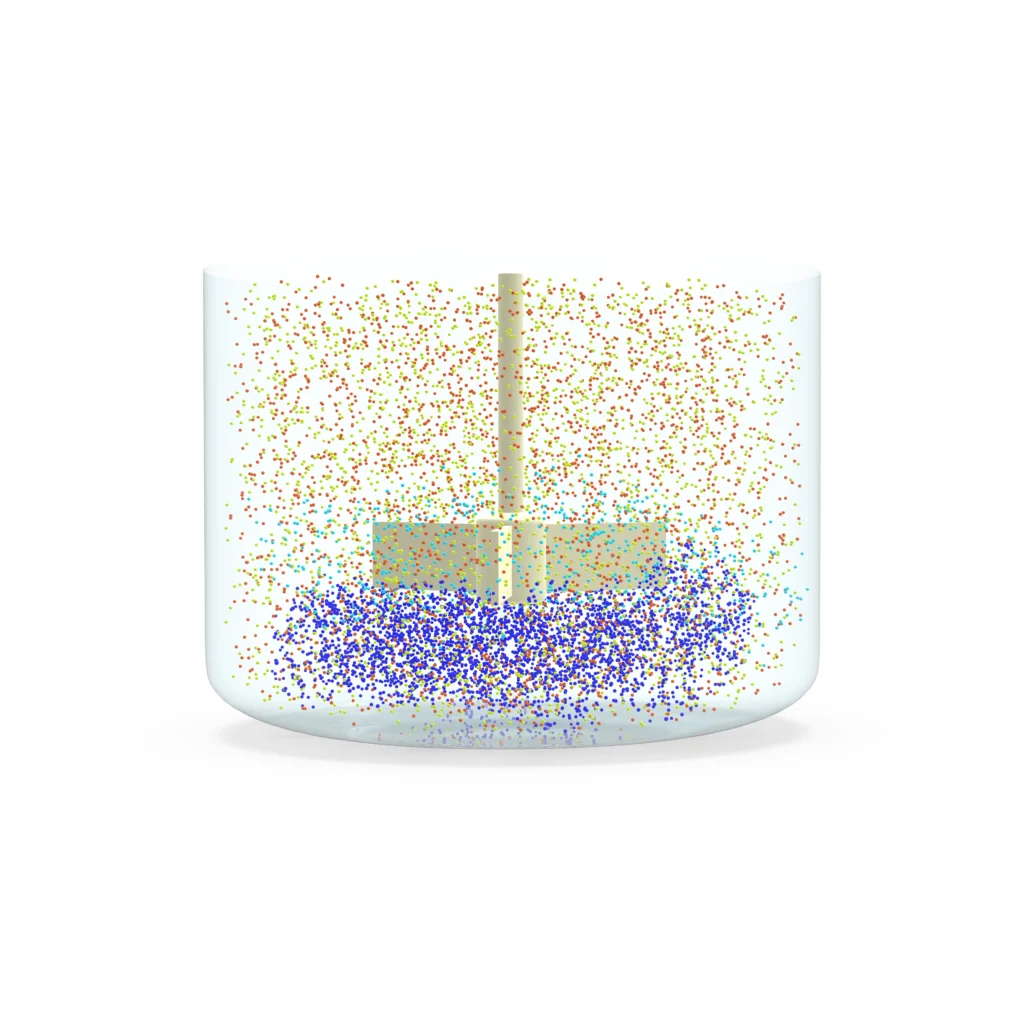- Pharma Consulting
- Products
- 1 Intelligent scale-up
Process development & digitalization - 2 Process
Optimization - 3 Precise freeze-drying
- 4 Polarized light -
Optical inspection - 5 Process analytical technology
PAT and AI - 6 Process
Validations - 7 Method transfer
Technology transfer - 8 Quality
Management and GMP - 9 Virtual factory
Simulation - 10 Project management
- 1 Intelligent scale-up
- Case studies
- About us
- Pharma Consulting
- Products
- 1 Intelligent scale-up
Process development & digitalization - 2 Process
Optimization - 3 Precise freeze-drying
- 4 Polarized light -
Optical inspection - 5 Process analytical technology
PAT and AI - 6 Process
Validations - 7 Method transfer
Technology transfer - 8 Quality
Management and GMP - 9 Virtual factory
Simulation - 10 Project management
- 1 Intelligent scale-up
- Case studies
- About us
- Pharma Consulting
- Products
- 1 Intelligent scale-up
Process development & digitalization - 2 Process
Optimization - 3 Precise freeze-drying
- 4 Polarized light -
Optical inspection - 5 Process analytical technology
PAT and AI - 6 Process
Validations - 7 Method transfer
Technology transfer - 8 Quality
Management and GMP - 9 Virtual factory
Simulation - 10 Project management
- 1 Intelligent scale-up
- Case studies
- About us

